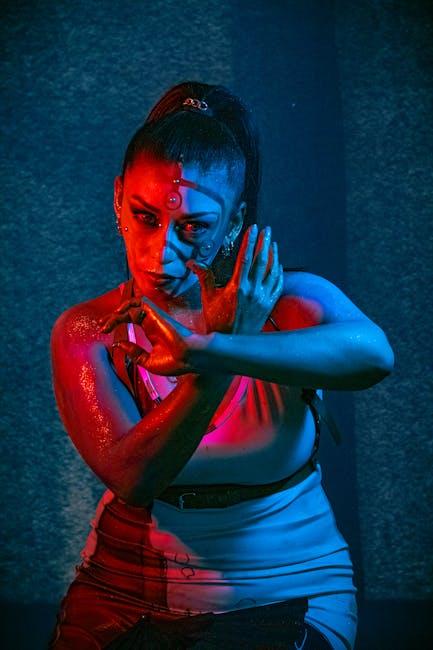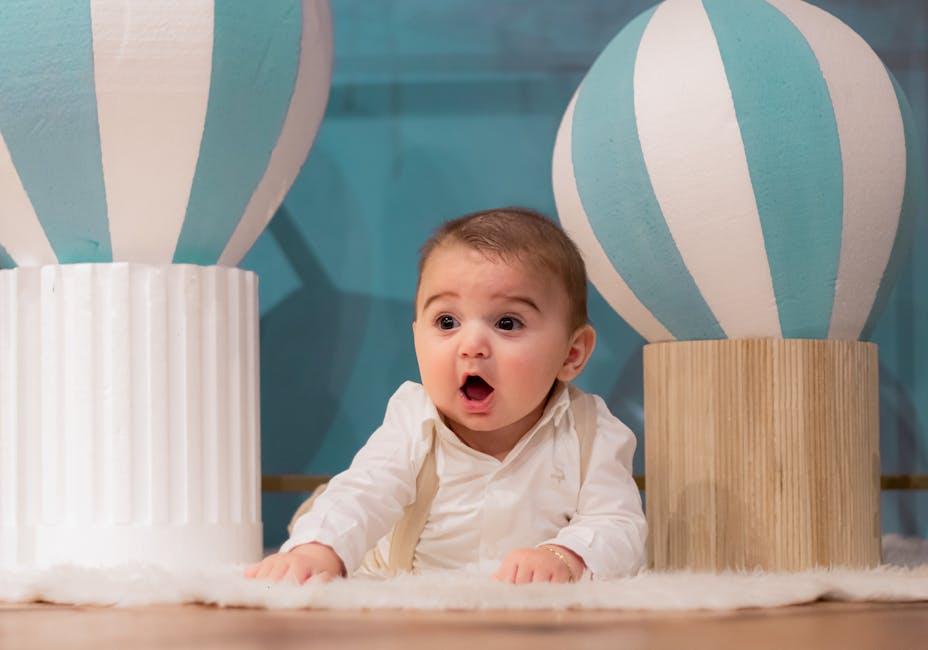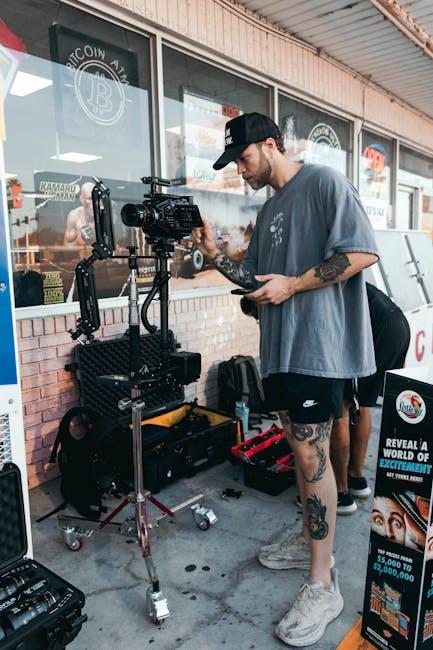In recent years, the landscape of visual storytelling has experienced a seismic shift, with serialized television captivating audiences worldwide. This evolution raises intriguing questions about its impact on the cinematic realm. As TV shows increasingly embrace complex narratives and multifaceted characters, the boundaries between the small and big screens begin to blur. But is this shift enhancing or stifling creativity in film? In this exploration, we delve into the dynamic interplay between serialized TV storytelling and the creative currents of cinema, examining whether this trend is a boon or a bane for filmmakers navigating a rapidly changing artistic terrain. Character Development“>
Character Development“>
Impact on Narrative Depth and Character Development
The shift towards serialized storytelling in television has undeniably enriched narrative depth and character development. This format allows for complex story arcs and multi-dimensional characters to evolve over time, providing audiences with a deeper emotional investment. Unlike films, which often condense character journeys into a two-hour timeframe, serialized shows can explore intricate backstories and relationships, offering a richer tapestry of human experience. This extended format can lead to:
- In-depth exploration of character motivations and transformations.
- Subtle development of secondary characters, enhancing the main narrative.
- Layered storytelling that intertwines various plotlines, creating a more immersive experience.
However, while TV shows bask in this narrative luxury, films face the challenge of maintaining creativity within a limited runtime. The need to encapsulate a complete story arc in a shorter format pushes filmmakers to innovate, often resulting in unique storytelling techniques and a focus on visual and thematic elements. Thus, while serialized storytelling enhances character depth, it also sets a high bar for films to captivate audiences with brevity and creativity.
Exploring the Creative Exchange Between TV and Film
Television’s shift towards serialized storytelling has undeniably influenced the cinematic landscape, leading to a fascinating creative exchange between the two mediums. This transition has introduced a depth of character development and narrative complexity traditionally reserved for the silver screen. Directors and writers, who once focused exclusively on film, are now exploring the freedom and expansive storytelling potential that TV offers. This cross-pollination is evident in the increasing number of film-inspired TV series, where intricate plots unfold over multiple episodes, allowing for a richer exploration of themes and characters.
- Character Development: TV’s longer format enables deeper character arcs, often influencing films to adopt similar strategies.
- Narrative Complexity: Serialized storytelling has encouraged films to experiment with non-linear narratives and multi-layered plots.
- Talent Crossover: Directors and actors frequently move between TV and film, enriching both mediums with diverse perspectives.
While some argue that TV’s serialized nature may overshadow film’s concise storytelling, others see it as an opportunity for filmmakers to push boundaries and experiment with new narrative forms. This dynamic exchange continues to evolve, blurring the lines between the episodic and the cinematic, ultimately enriching the storytelling landscape.

Balancing Serialized Complexity with Cinematic Brevity
In the realm of modern storytelling, the allure of serialized narratives offers a tapestry of intricate plots and character development. This format allows for a deep dive into the complexities of a world, providing viewers with a rich, ongoing experience. Yet, the challenge lies in maintaining cinematic brevity, where films traditionally shine. Here, filmmakers must craft stories with precision, distilling expansive ideas into a compact, impactful delivery.
The intersection of these two storytelling methods often leads to creative tensions. Consider the following:
- Character Depth: Serialized formats excel in character exploration, while films require a quick yet profound connection with the audience.
- Pacing: Series can afford a slow build, but films must balance pace to maintain engagement.
- World-Building: Extensive universes are crafted over seasons, whereas films must convey setting and context swiftly and effectively.
Ultimately, the fusion of these elements challenges creators to innovate, finding harmony between expansive storytelling and the succinct artistry of cinema.
 Filmmakers Navigating a Serialized Landscape”>
Filmmakers Navigating a Serialized Landscape”>
Recommendations for Filmmakers Navigating a Serialized Landscape
As filmmakers find themselves in an increasingly serialized landscape, embracing the opportunities and challenges of this trend can enhance creativity and innovation. Here are some key recommendations:
- Embrace Long-Form Storytelling: Leverage the depth and complexity that serialized narratives offer. This can allow for more nuanced character development and intricate plotlines, giving filmmakers the chance to explore themes in greater detail.
- Blend Formats: Consider hybrid approaches that combine the best of both worlds. For instance, developing a film with serialized spin-offs can enrich the story universe and provide audiences with multiple entry points.
- Engage with Emerging Technologies: Utilize platforms like streaming services that support serialized content to reach broader audiences. Experiment with new formats such as interactive storytelling or episodic anthologies to stand out.
- Focus on Audience Engagement: Serialized formats often foster strong fan communities. Engage with these audiences through social media and other interactive platforms to build loyalty and drive interest in your projects.
By considering these strategies, filmmakers can navigate the serialized landscape effectively, ensuring their work remains both relevant and creatively fulfilling.

